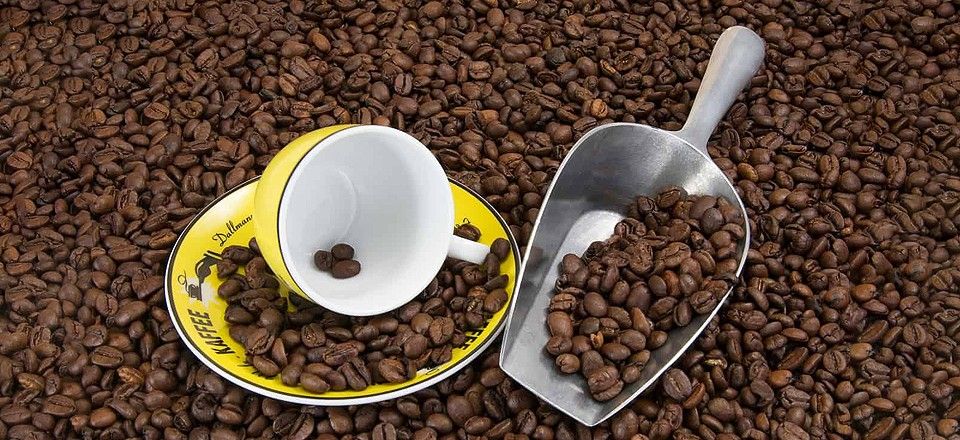How Big Is a Coffee Scoop?

When reading through the instructions on the back of your coffee packaging, you might have come across the phrase: ‘scoopof coffee’.But what exactly is a “scoop”? There are brewing gadgetry, such as the AeroPress, that provide its own measuring tool indicating our elusive scoop. However, we can be left stranded if we were to misplace this tool, or aren’t weren’t even issued one to begin with!
The Standard Scoop

The standard coffee scoop holds about two tablespoons, or ten grams, of ground coffee.
To accurately determine how much coffee is in your scoop, you are going to have to usesensitive kitchen scales and go on adding or subtracting small amounts of coffee till you hit your ten-gram mark. Although it seems pedantic, the key to a consistently great cup of coffee is in the seemingly benign details like measuring your coffee to the nearest gram.
How Many Scoops For a Great Cup of Coffee?

Classically, you’ll need about ten grams of ground coffee per six ounces of water to produce a flavorful and balanced cup of joe. This ratio may change however, depending on the method of brewing used.
For example, if you’re opting for a steeping method then you can get away with using a little less coffee ground. On the contrary, if you are using a drip method then you'll need to use a little more.
If you’re brewing espresso, a much more concentrated form of coffee, you’re naturally going to need to use more grounds per fluid ounce of water. The accepted ratio of coffee grounds to water when brewing espresso lies at around 1:2.So if you were to measure your water in scoops, as per your grounds, you will need one scoop of coffee to every two scoops of water.
Conclusion
There can be small variations across in the scoop size, across different manufacturers. But usually, you can expect around 10 grams of coffee grounds serving the‘scoop’. In the efforts to produce and consumegood consistent coffee, it's best to make the effort to check your coffee scoop size.
How many scoops do you need for a cup of coffee, however, is a much more complicated question..
